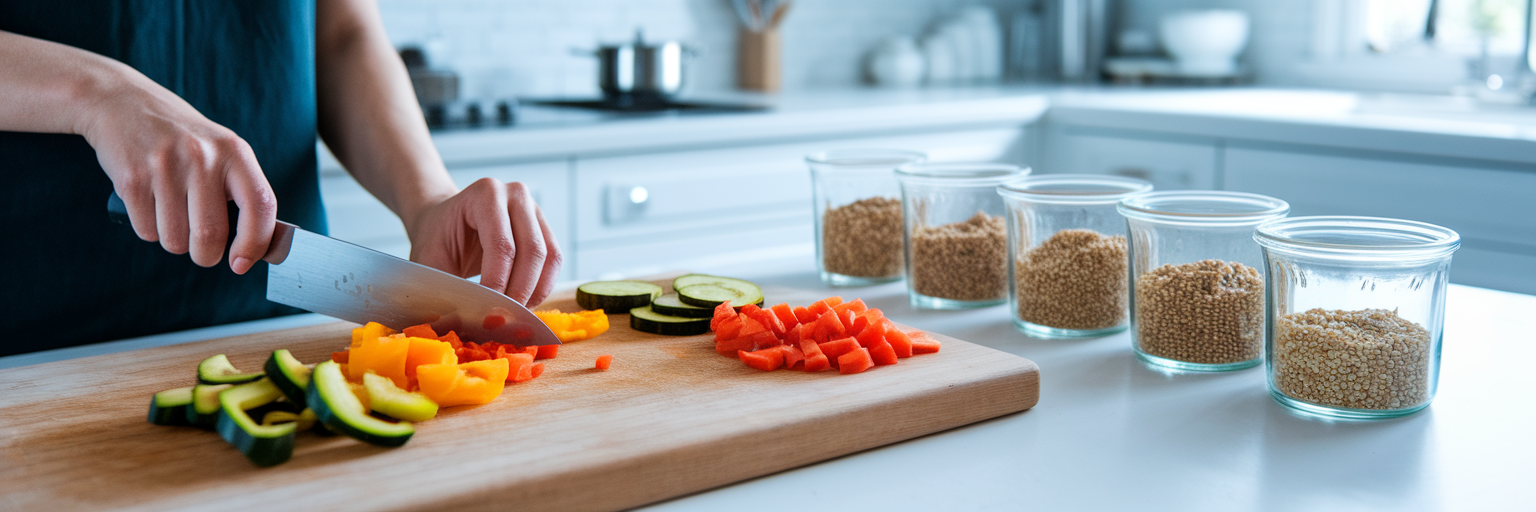Why Protein Is Your Best Friend for Vegan Weight Management
The old question, "But where do you get your protein?" still echoes in vegan circles, especially when weight management is the goal. Let's clear the air: a vegan diet can be incredibly rich in protein, and understanding its role is the first step in creating a successful plant based weight loss plan.
Think of protein as the friend that helps you feel full and satisfied after a meal. This feeling is called satiety, and it's your secret weapon against mindless snacking and overeating. When you eat protein-rich foods, you naturally feel fuller for longer, which helps you manage your calorie intake without feeling deprived.
Beyond just curbing hunger, protein plays a vital role in protecting your lean muscle mass. When you're in a calorie deficit to lose weight, your body can sometimes burn muscle for energy. Prioritizing protein helps ensure you're losing fat, not muscle. Why does that matter? More muscle means a higher resting metabolic rate, which means your body burns more calories even when you're not active. This is a fundamental part of learning how to lose weight on a vegan diet in a way that lasts.
Understanding this "why" sets the stage for everything else. Now, let's get into the practical steps for building your own plan.
Your Go-To List of Plant-Based Protein Powerhouses
Now that we know why protein is so important, let's stock your kitchen with the best vegan protein sources. Building a high-protein vegan plate is all about variety and knowing your options.
Legumes: The Foundation of Your Plate
Legumes are affordable, versatile, and packed with protein and fiber. They should be a staple in any vegan kitchen.
- Lentils: A true workhorse, offering about 18 grams of protein per cooked cup. Perfect for hearty soups, curries, and salads.
- Chickpeas: With around 15 grams of protein per cooked cup, they're great for making hummus, roasting for a crunchy snack, or adding to stews.
- Black Beans: These provide about 15 grams of protein per cup and are fantastic in burgers, tacos, and rice bowls.
Soy: The Complete Protein Champion
Soy products are some of the few plant foods that contain all nine essential amino acids, making them a complete protein.
- Tofu: A half-block of firm tofu contains roughly 20 grams of protein. It’s a chameleon in the kitchen, perfect for scrambles, stir-fries, and even baked goods.
- Tempeh: This fermented soybean cake offers about 16 grams of protein per 3-ounce serving and has a firm, nutty texture ideal for sandwiches and grilling.
- Edamame: These young soybeans pack 18 grams of protein per cup and make a simple, satisfying snack or salad addition.
Grains and Seeds That Pack a Punch
Don't overlook grains and seeds. Many are surprisingly high in protein and offer healthy fats and fiber.
- Quinoa: Often mistaken for a grain, this seed provides 8 grams of complete protein per cooked cup. It's an excellent base for bowls and salads.
- Hemp Seeds: Just three tablespoons deliver 10 grams of protein. Sprinkle them on oatmeal, smoothies, or avocado toast.
Modern Vegan Proteins for a Convenient Boost
On busy days, a high-quality protein supplement can be a lifesaver. For a quick boost, a smoothie made with a clean powder like our Beyond Good Foods Chocolate Vegan Protein can easily add 20 grams of high-quality protein to your morning.
| Protein Source | Protein per Serving (Approx.) | Best For |
|---|---|---|
| Lentils (1 cup, cooked) | 18g | Soups, curries, and salads |
| Chickpeas (1 cup, cooked) | 15g | Hummus, roasted snacks, and stews |
| Tofu (1/2 block, firm) | 20g | Stir-fries, scrambles, and baking |
| Tempeh (3 oz) | 16g | Sandwiches, salads, and grilling |
| Quinoa (1 cup, cooked) | 8g | Grain bowls, salads, and side dishes |
| Hemp Seeds (3 tbsp) | 10g | Sprinkling on oatmeal, salads, and smoothies |
| Edamame (1 cup, shelled) | 18g | Snacks, salads, and side dishes |
Note: Protein content can vary slightly by brand and preparation method. These values provide a general guide for meal planning.
Structuring Your Daily Meals for Maximum Impact

Having the right ingredients is one thing; knowing how to assemble them throughout the day is what makes a high protein vegan meal plan truly effective. It’s not just about what you eat, but when you eat it.
Start Your Day Strong with a Protein-Packed Breakfast
What you eat first thing can set the tone for your entire day. A protein-rich breakfast helps stabilize blood sugar, providing steady energy and preventing that mid-morning crash that sends you searching for sugary snacks. Try a tofu scramble with veggies or oatmeal topped with hemp seeds and berries.
Power Through Your Afternoon with a Satisfying Lunch
Avoid the 3 p.m. slump with a lunch that’s built to last. A big salad with grilled tempeh or a hearty lentil soup will keep you focused and energized through the afternoon. This meal is your anchor, preventing you from feeling ravenous by dinnertime.
Build a Fulfilling Dinner for Overnight Repair
Dinner is your body’s opportunity to repair and rebuild. A meal centered around protein supports muscle recovery overnight. Think black bean burgers on a whole-wheat bun or a flavorful tofu and broccoli stir-fry over quinoa. This helps you wake up feeling refreshed, not depleted.
The Strategy of Protein Pacing
Have you ever tried to drink a whole day's worth of water in one sitting? It doesn't work very well. The same principle applies to protein. Instead of loading up on protein in one giant meal, aim to spread your intake evenly across your breakfast, lunch, and dinner. This strategy, known as protein pacing, helps your body better utilize the protein for muscle synthesis and keeps you feeling consistently full all day long. Creating these meals is easier than you might think. You can find some great ideas in our post on 3 easy vegan protein recipes you'll actually crave.
The Art of Smart Vegan Snacking
Let's reframe how we think about snacking. It’s not a sign of failure; it’s a proactive strategy to manage hunger and maintain energy levels. A planned, protein-rich snack acts as a bridge between meals, preventing you from arriving at your next meal so hungry that you overeat.
The key is to choose snacks that work for you, not against you. Here are a few simple ideas:
- An apple with a tablespoon of almond butter
- A handful of roasted chickpeas
- A small bowl of edamame
- Celery sticks with hummus
For those extra busy days, a plant-based protein shake can be an incredibly convenient and satisfying snack. It provides a controlled portion of protein without excess calories. As dietitians featured in EatingWell highlight, a key benefit of a high-protein vegan diet is that it helps you stay full and satisfied, making weight management much easier. Ultimately, smart snacking is about listening to your body and having healthy options ready when hunger strikes.
Meal Prepping for a High-Protein Vegan Week

The secret to sticking with any healthy eating plan isn't more willpower; it's less friction. This is where meal prep becomes your superpower. A couple of hours of planning on a Sunday can save you countless hours of stress and decision-making during the week. These easy vegan meal prep ideas set you up for success.
Here is a simple blueprint to get you started:
- Cook a Batch of Grains: Make a large pot of quinoa, brown rice, or farro. Store it in the fridge to use as a base for bowls and salads all week.
- Prepare Your Legumes: Cook a big batch of lentils or beans. They can be added to soups, salads, or mashed into veggie burgers.
- Wash and Chop Your Veggies: Having bell peppers, broccoli, carrots, and onions washed, chopped, and ready to go makes throwing together a stir-fry or salad effortless.
- Batch-Cook a Core Protein: Bake a block of tofu, marinate some tempeh, or make a batch of black bean patties. Having a primary protein ready is a game-changer.
Once everything is cooked, portion your meals into containers. This visual guide helps with portion control and removes the daily guesswork of "What's for lunch?" A little preparation makes healthy choices the easy choices. Once you get the hang of it, you'll find your own rhythm. For more tips and plant-based inspiration, feel free to browse our blog.
Putting It All Together: A Sample Day of Eating
So, what does this look like in practice? It's simpler than you might think. Here’s a sample day to show how easily you can build a delicious and satisfying plant based weight loss plan.
- Breakfast: Tofu scramble with spinach and a side of avocado toast (Approx. 25g protein)
- Lunch: Large quinoa salad with chickpeas, chopped veggies, and a lemon-tahini dressing (Approx. 20g protein)
- Snack: An apple with two tablespoons of peanut butter (Approx. 8g protein)
- Dinner: Two black bean burgers on whole-wheat buns with a side salad (Approx. 30g protein)
Total Daily Protein: ~83g
This is just a template, of course. You can easily customize it based on the foods you love and your specific protein goals. The point is to see how achievable it is to hit your targets with whole, plant-based foods.
Sustaining Your Plant-Powered Journey
Building a healthy lifestyle is a marathon, not a sprint. Remember that consistency will always be more important than perfection. Some days will be easier than others, and that's completely normal. The goal is to build sustainable habits that you can stick with for the long haul.
Here are the key takeaways:
- Prioritize a diverse range of plant-based proteins at every meal.
- Plan your meals and snacks to stay ahead of hunger.
- Embrace meal prep to make healthy choices easy.
We'd love to hear from you! What are some of your favorite high-protein vegan meals? Share them in the comments below to inspire others. If you're ready to stock your pantry and get started, you can explore our full collection of plant-based products to support your journey.



